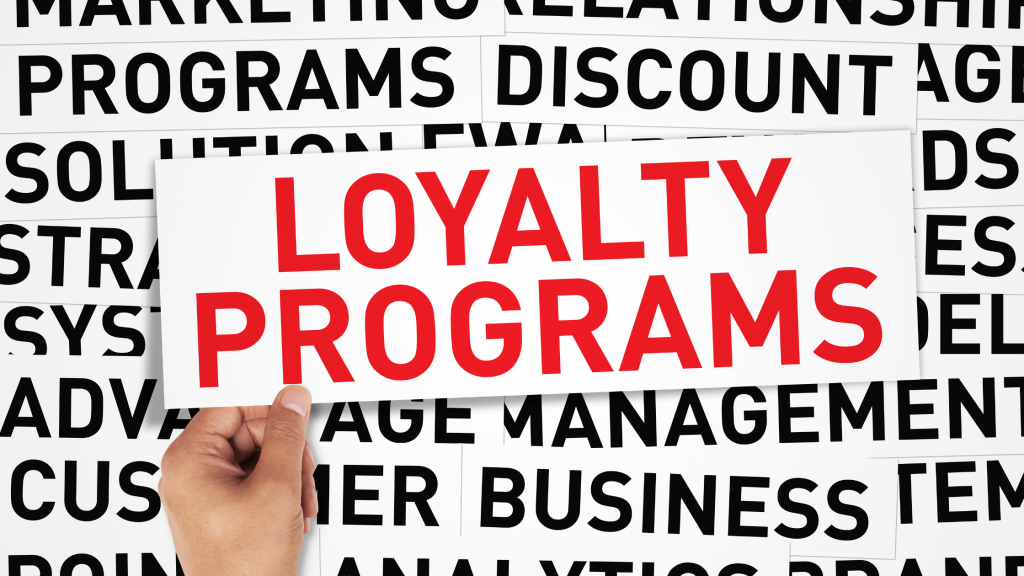Decoding the Loyalty Matrix: A Comprehensive Strategy for Binding Customer Allegiance
Meta Description: Dive into the depths of customer loyalty creation with our strategic guide. Develop holistic programs that entrench customer allegiance and ensure your brand’s enduring success.
Integrating Interdisciplinary Approaches to Loyalty
Today’s loyalty paradigms are interdisciplinary, blending marketing, psychology, data science, and technology. To build a program that stands the test of time, brands must look beyond traditional marketing and consider psychological underpinnings such as the need for belonging, recognition, and personal achievement.
Designing a Holistic Loyalty Ecosystem
A loyalty ecosystem should encompass every facet of the customer experience. From the initial point of contact to post-purchase engagement, every interaction should reinforce the loyalty narrative. It’s about creating an interconnected system where loyalty is not an afterthought but a fundamental part of the brand-customer relationship.
Leveraging Data for Deep Personalization
Data is the lifeblood of modern loyalty programs. Utilizing big data analytics, brands can identify not just purchase patterns but also sentiment analysis from social media, customer service interactions, and even sensor data from smart products. This allows for deep personalization that makes each customer feel uniquely valued.
Emotional Loyalty and Humanized Connections
Beyond transactional loyalty, emotional loyalty is the golden key to customer retention. This involves creating humanized connections with customers, perhaps through loyalty program branding that echoes a brand’s human qualities, or through personalized, empathetic communication strategies.
Sustainability and Ethical Practices in Loyalty Programs
Sustainability in loyalty programs speaks to the heart of ethical consumerism. Whether it’s through reward systems that promote recycling, the use of eco-friendly packaging, or support for sustainability initiatives, loyalty programs can play a significant role in showcasing a brand’s commitment to the planet.
Experiential and Service-Oriented Rewards
Experiential rewards that provide unique, memorable experiences can have a much more profound impact on loyalty than discounts or products. Similarly, service-oriented rewards, such as expedited customer service, personal shopping services, or home delivery, add a layer of convenience and luxury to the loyalty experience.
Gamification and Competitive Dynamics
Introducing gamification elements, such as point scoring, competitions, and badges, adds an element of fun and competition to the loyalty experience. This can be particularly effective in engaging younger demographics who are motivated by social competition and achievement.
Cultivating Brand Ambassadors Through Advocacy Programs
A loyalty program that encourages and rewards brand advocacy can transform loyal customers into brand ambassadors. By offering incentives for referrals, social media shares, and user-generated content, brands can amplify their reach and credibility.
Predictive Modeling for Futuristic Loyalty Programs
Predictive modeling can forecast future consumer behavior, allowing brands to stay ahead of the curve and tailor loyalty initiatives to evolving customer needs. This could involve AI-driven predictions about when a customer might need a product replenishment or desire a service upgrade.
Globalization and Localization of Loyalty Strategies
In an increasingly globalized market, loyalty strategies must be both global and local. This means designing core loyalty frameworks that have universal appeal while allowing for localization that respects cultural nuances and preferences.
Continuous Evolution and Agile Loyalty Frameworks
Agility is crucial in the ever-changing landscape of consumer behavior and market trends. Loyalty programs must be designed with the flexibility to evolve, incorporating new technologies, rewards, and engagement strategies as the market dictates.
Conclusion
The architecture of a successful loyalty program is complex, requiring a synthesis of diverse strategies and a deep understanding of the multifaceted nature of customer loyalty. By creating a program that resonates on multiple levels – personal, emotional, experiential, and competitive – brands can secure not just the repeat business but the hearts and minds of their customers. In this intricate loyalty matrix, the brands that prioritize holistic engagement and continuous innovation will emerge as leaders in fostering enduring customer allegiance.

